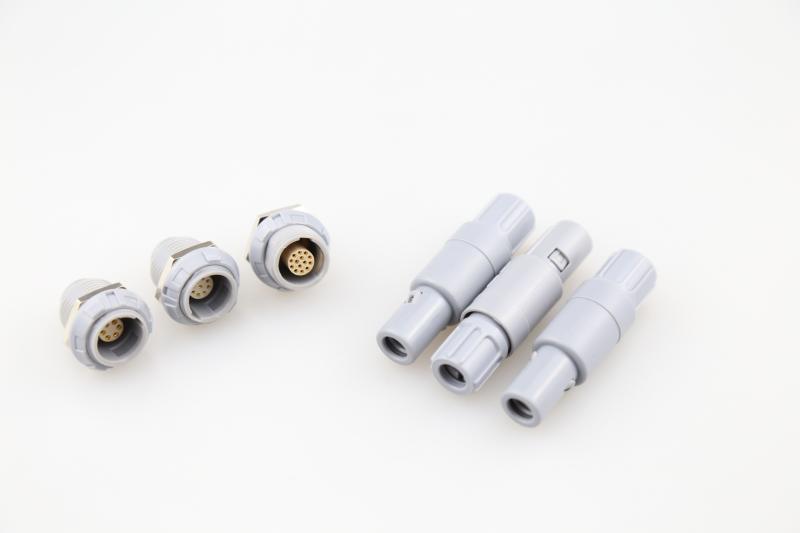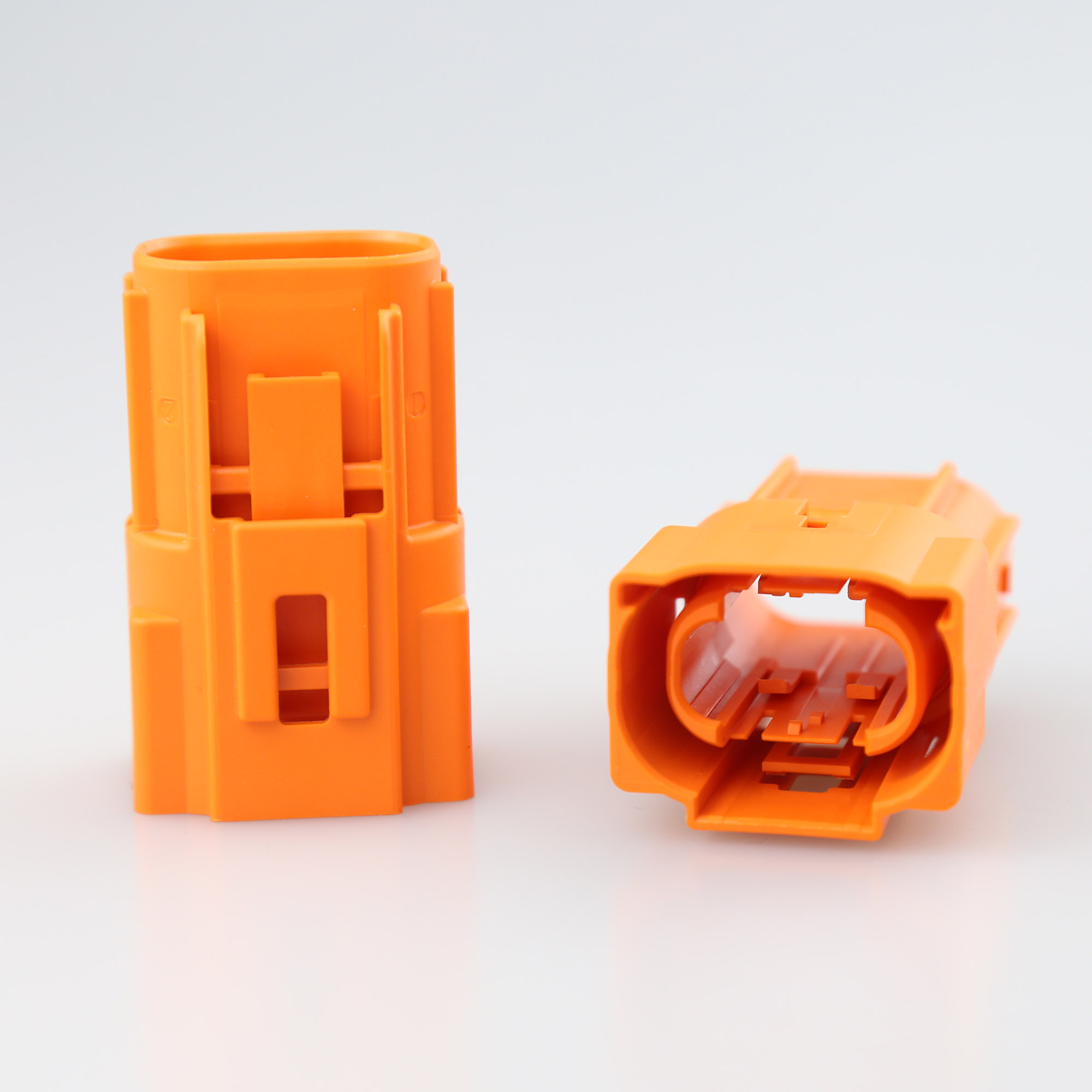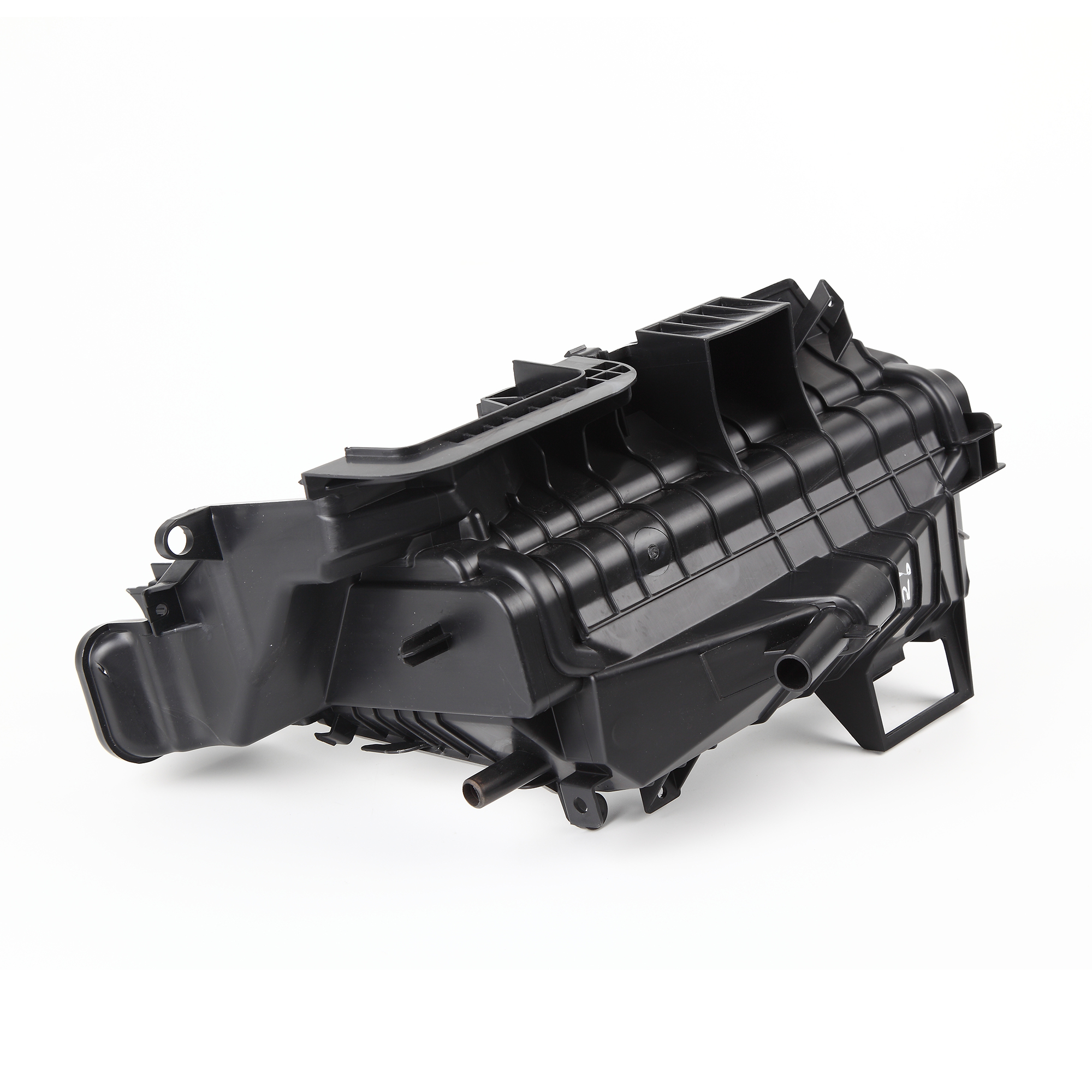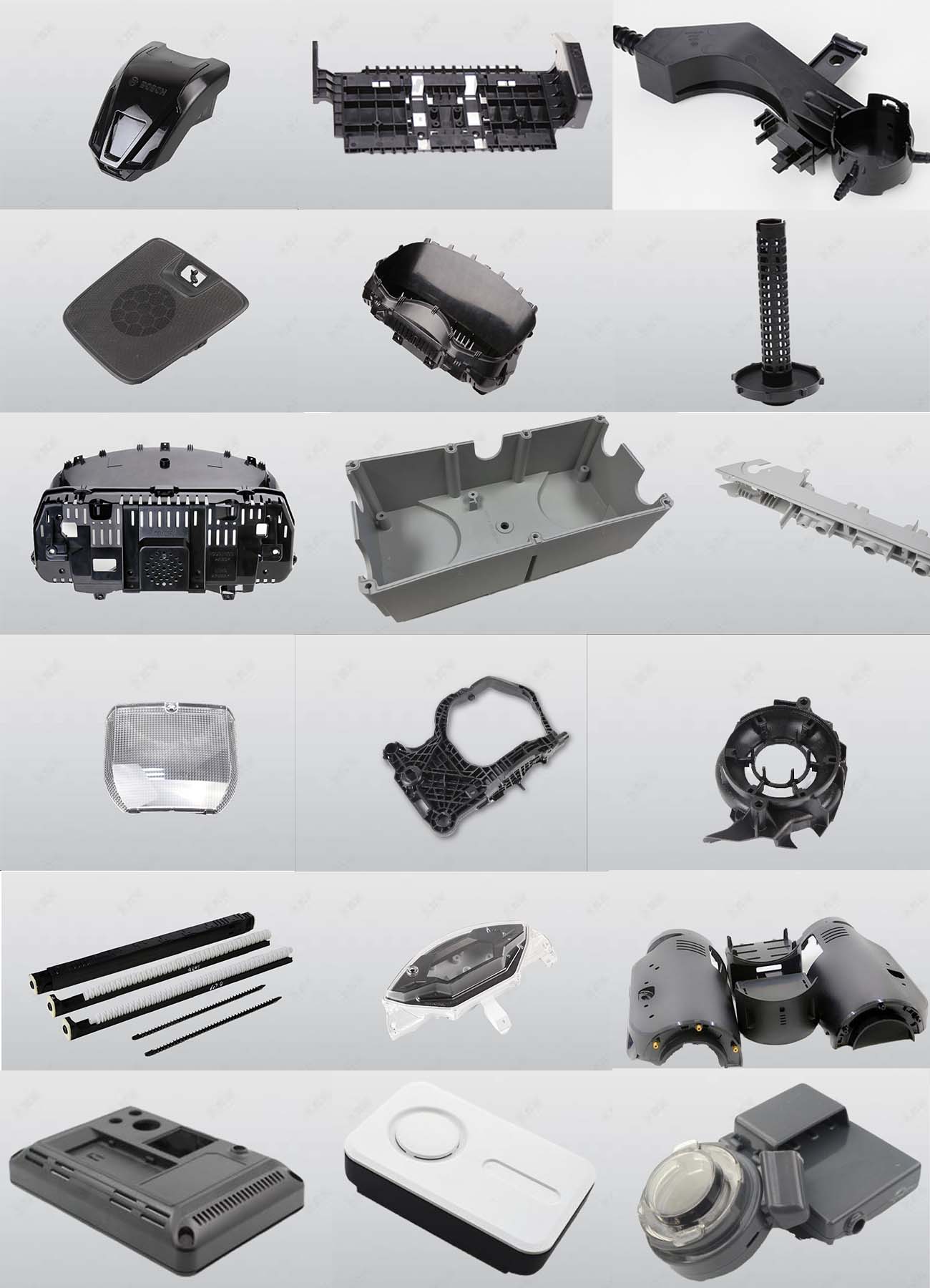



In the electronics industry, plastic molds play a crucial role in creating precise, durable, and reliable components. From enclosures to connectors, plastic molds are essential for producing parts that meet the demanding requirements of electronic devices. This comprehensive guide will explore the benefits, types, and best practices of using plastic molds in electronics manufacturing, ensuring you achieve high-quality results.
Benefits of Using Plastic Molds in Electronics Manufacturing
1. Precision and Consistency
Plastic molds offer high precision, ensuring that each component meets exact specifications. This consistency is vital for electronics, where even minor deviations can affect functionality and performance.
2. Cost-Effective Production
Plastic molding processes, such as injection molding, are highly efficient, allowing for mass production at a lower cost per unit. This cost-effectiveness is crucial for meeting market demands without sacrificing quality.
3. Versatility
Plastic molds can produce a wide range of electronic components, from small intricate parts to larger enclosures. This versatility makes them ideal for various applications within the electronics industry.
4. Durability
Products made with plastic molds are typically durable and resistant to wear and tear. This durability ensures that electronic components can withstand regular use and environmental factors.

Types of Plastic Molds Used in Electronics
1. Injection Molds
Injection molding is one of the most common methods used in electronics manufacturing. It involves injecting molten plastic into a mold cavity, where it cools and solidifies into the desired shape. Injection molds are ideal for producing high-volume, intricate parts with tight tolerances.
2. Overmolding
Overmolding involves molding a plastic layer over an existing part, such as a metal connector or another plastic component. This method enhances the functionality and durability of the part, making it suitable for connectors and switches.
3. Insert Molding
Insert molding involves placing a pre-formed insert, such as a metal component, into a mold and then injecting plastic around it. This process creates a single, integrated part, commonly used for connectors and terminals in electronic devices.
4. Compression Molding
Compression molding involves placing plastic material into a heated mold cavity and then applying pressure to form the desired shape. This method is suitable for producing large, flat components like housings and covers.
Best Practices for Quality Manufacturing with Plastic Molds
1. Material Selection
Choosing the right plastic material is crucial for the success of the molding process. Consider factors such as strength, flexibility, heat resistance, and electrical conductivity to ensure the final product meets the desired specifications.
2. Mold Design
A well-designed mold is essential for producing high-quality parts. Ensure the mold has proper gating, venting, and cooling channels to facilitate efficient molding and minimize defects.
3. Regular Maintenance
Regular maintenance of molds is necessary to prolong their lifespan and ensure consistent product quality. This includes cleaning, inspection, and timely repairs to prevent wear and tear.
4. Quality Control
Implementing rigorous quality control measures throughout the production process helps identify and rectify defects early. Use techniques such as visual inspection, dimensional analysis, and functional testing to ensure products meet quality standards.
5. Efficient Production Planning
Efficient production planning involves optimizing the molding process to reduce cycle times and increase productivity. This includes proper scheduling, inventory management, and machine calibration to achieve maximum efficiency.
Conclusion
Plastic molds are integral to the manufacturing of high-quality electronic components. By understanding the different types of molds and adhering to best practices, manufacturers can produce precise, durable, and cost-effective parts that meet the stringent requirements of the electronics industry. Whether you're producing connectors, enclosures, or other components, mastering the use of plastic molds can significantly enhance product quality and manufacturing efficiency.